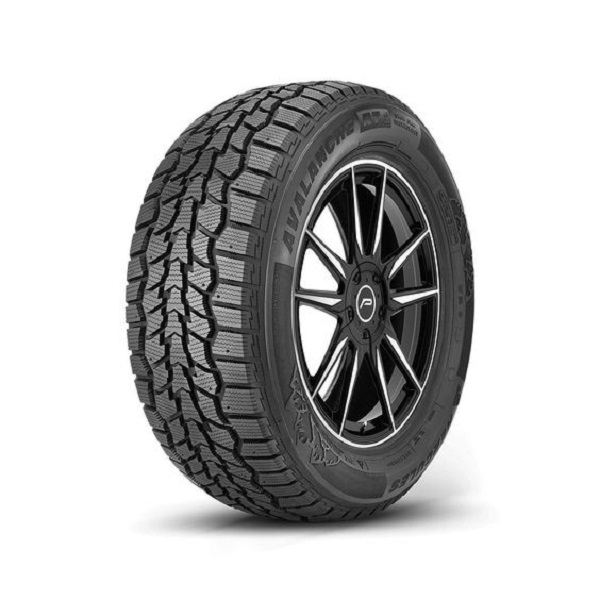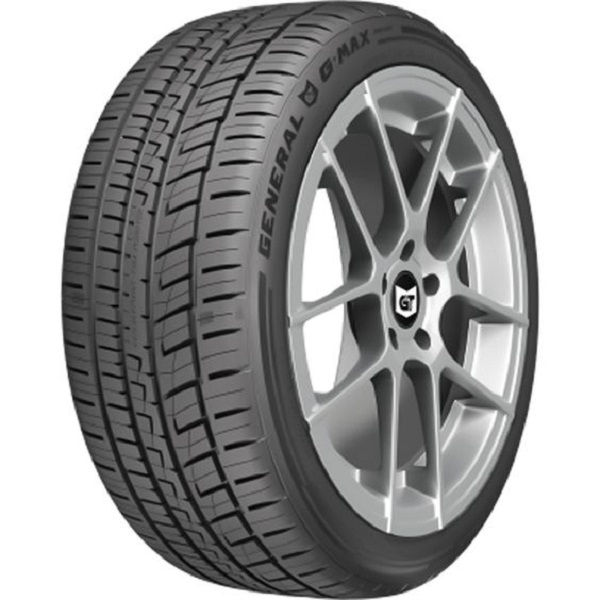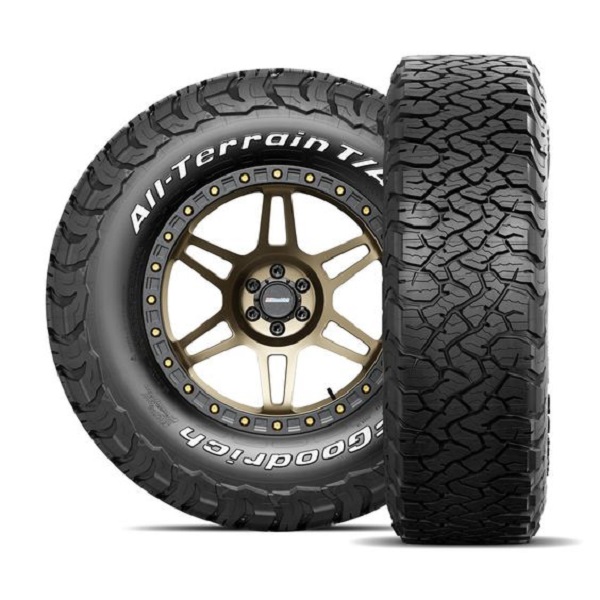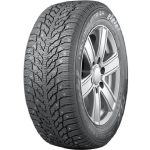When it comes to vehicle maintenance, knowing how to let air out of car tires can be just as important as knowing how to inflate them. Whether you’re preparing for a tire rotation, adjusting for winter driving conditions, or simply making your tires more pliable for a smoother ride, this guide will walk you through the process safely and effectively.
Why You Might Need to Let Air Out of Your Tires
There are several reasons why you may need to reduce the air pressure in your car tires:
- Tire Rotation: Lowering tire pressure can make it easier to rotate tires, especially if they’re stubbornly seated on the rims.
- Traction Needs: When driving in snowy or muddy conditions, reducing tire pressure increases the tire’s surface area, improving traction.
- Handling Adjustments: Sometimes, lowering tire pressure can improve ride comfort and handling, particularly in off-road situations.
Understanding Tire Pressure Basics
Before you start letting air out of your tires, it’s crucial to understand what tire pressure is and how it affects your vehicle’s performance. Tire pressure is measured in PSI (pounds per square inch) and is essential for:
- Fuel Efficiency: Proper tire pressure ensures that your vehicle runs efficiently.
- Tire Longevity: Maintaining correct pressure prolongs tire life by preventing uneven wear.
- Safety: Over-inflated or under-inflated tires can lead to blowouts or poor handling.
Ideal Tire Pressure
Most vehicles come with a manufacturer-recommended tire pressure, usually found in the owner’s manual or on a sticker inside the driver’s side door. Familiarize yourself with this information before proceeding.

Tools You’ll Need
To let air out of your tires effectively, gather the following tools:
- Tire Pressure Gauge: This will help you monitor the tire pressure accurately.
- Air Compressor: If you have a way to inflate your tires back, this can be helpful for adjustments.
- Valve Stem Tool (optional): For quick release of air.
Step-by-Step Guide to Letting Air Out of Car Tires
Step 1: Check the Current Tire Pressure
Using a tire pressure gauge, check the current PSI of each tire. This will help you determine how much air needs to be released.
- Remove the valve cap from the tire you wish to adjust.
- Press the gauge onto the valve stem and read the PSI.
- Record the PSI for reference.
Step 2: Determine How Much Air to Let Out
Decide how much air you need to release. A reduction of 2-5 PSI is generally sufficient for most situations.
Step 3: Release the Air
To let air out of the tire:
- Use your fingers to press down on the valve stem’s core (the small metal piece inside the valve).
- If you have a valve stem tool, insert it into the valve to quickly release air.
- Listen for the hissing sound as air escapes. Monitor the pressure using your gauge regularly until you reach your desired PSI.
Step 4: Recheck Tire Pressure
Once you’ve let out enough air, recheck the tire pressure with your gauge.
- If the pressure is still too high, repeat the air release process.
- If you have reached the desired PSI, proceed to the next step.
Step 5: Replace the Valve Cap
After adjusting the tire pressure, don’t forget to put the valve cap back on to keep dirt and moisture from entering the valve.
Step 6: Repeat for All Tires
Follow the same process for the remaining tires. Ensure that each tire is adjusted to the recommended pressure.
Common Mistakes to Avoid
- Releasing Too Much Air: Always release air gradually and check frequently to avoid going below the recommended PSI.
- Neglecting to Replace Valve Caps: Always put the valve cap back to protect your tires.
- Not Using a Pressure Gauge: Guessing tire pressure can lead to unsafe driving conditions.
Final Tips for Tire Maintenance
- Regular Checks: Monitor tire pressure monthly or before long trips.
- Check for Damage: While you’re checking tire pressure, look for any signs of wear or damage on the tires.
- Seasonal Adjustments: Remember that tire pressure can change with temperature, so adjust accordingly for seasonal shifts.
Benefits of Proper Tire Maintenance
Proper tire maintenance goes beyond just knowing how to let air out of car tires. It plays a crucial role in overall vehicle performance and safety. Here are some key benefits:
Improved Fuel Efficiency
Maintaining the correct tire pressure can significantly enhance your vehicle’s fuel efficiency. Under-inflated tires increase rolling resistance, forcing your engine to work harder and consume more fuel. Regularly checking and adjusting your tire pressure can help you save money at the pump.
Enhanced Safety
Tires that are either over-inflated or under-inflated can compromise safety. Correct pressure ensures better handling, stability, and braking performance. This is especially important in emergency situations where quick reactions are necessary.
Extended Tire Life
Properly inflated tires wear evenly and last longer. This means you won’t have to replace them as frequently, saving you money in the long run. Regular maintenance reduces the risk of tire blowouts and other failures.
Increased Comfort
Adjusting tire pressure according to driving conditions can improve ride comfort. Softer tires can absorb bumps better on rough roads, while firmer tires provide stability during highway driving. Tailoring your tire pressure to match the terrain can enhance your overall driving experience.
When to Seek Professional Help
While many tire maintenance tasks can be done at home, there are times when it’s best to consult a professional:

- Severe Tire Damage: If you notice bulges, cracks, or other significant damage, have a professional inspect the tire.
- Frequent Pressure Loss: If you consistently need to let air out or inflate your tires, there may be a leak or other issue.
- Alignment Issues: If your car pulls to one side, it may indicate misalignment, which a professional should address.
DIY Tire Pressure Monitoring Systems
For those who prefer a tech-savvy approach to tire maintenance, consider installing a DIY Tire Pressure Monitoring System (TPMS). These systems can provide real-time updates on your tire pressure and alert you to any significant changes. This proactive approach allows you to maintain optimal tire conditions without the need for frequent manual checks.
Additional Tire Care Tips
Rotate Your Tires Regularly
Rotating your tires every 5,000 to 7,500 miles can help ensure even wear, extending the life of all four tires. This is crucial for maintaining balanced handling and performance.
Inspect Tire Tread Depth
Regularly check the tread depth of your tires using the penny test. Insert a penny into the tread; if you can see Lincoln’s head, it’s time to replace your tires. Adequate tread depth is essential for maintaining traction and safety.
Consider Seasonal Tires
If you live in an area with extreme weather, consider investing in seasonal tires. Winter tires provide better grip in snow and ice, while summer tires enhance performance in warmer conditions.
Mastering Tire Pressure: A Guide to Safe and Efficient Driving
Understanding how to let air out of your car tires is a fundamental skill for every responsible driver. By following the steps outlined in this guide, you can ensure that your tires are properly inflated, contributing to a safer, more efficient, and more comfortable driving experience.
Key Benefits of Maintaining Proper Tire Pressure:
- Improved Fuel Efficiency: Underinflated tires increase rolling resistance, leading to higher fuel consumption. By maintaining the correct tire pressure, you can improve your vehicle’s fuel economy and save money.
- Enhanced Safety: Properly inflated tires provide better traction and handling, reducing the risk of accidents. Underinflated or overinflated tires can compromise your vehicle’s stability and control.
- Longer Tire Lifespan: Maintaining the correct tire pressure can help prevent premature wear and tear, extending the lifespan of your tires and saving you money on replacements.
- Improved Ride Comfort: Properly inflated tires provide a smoother and more comfortable ride, reducing road noise and vibrations.
By following these guidelines and maintaining proper tire pressure, you can enhance your vehicle’s performance, safety, and fuel efficiency. Remember, a well-maintained tire is a happy tire, contributing to a more enjoyable driving experience.


